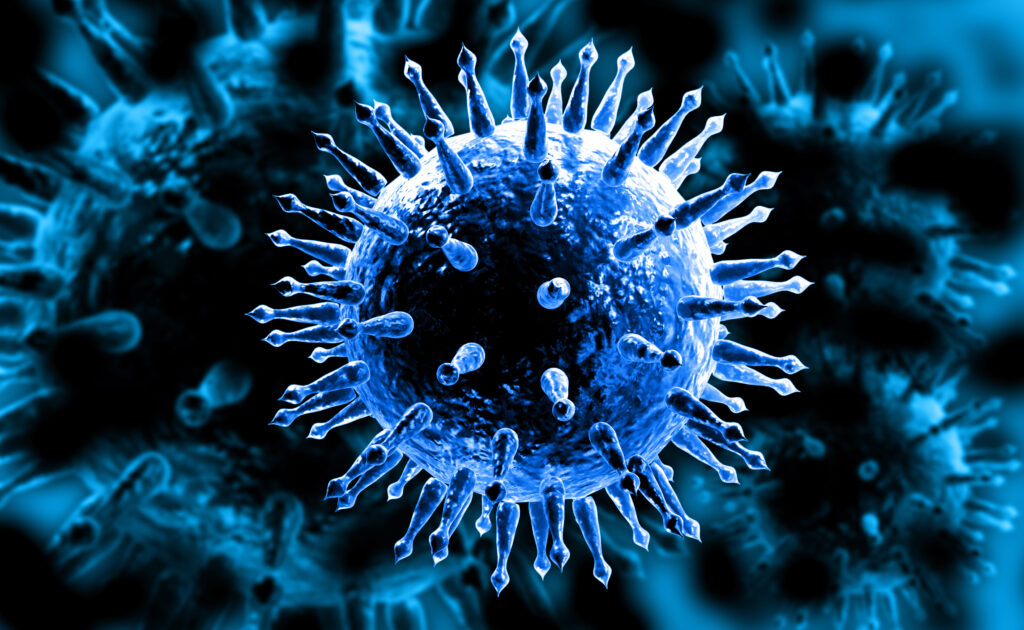Vaccine research and development is a major area of focus for life scientists across the globe. Clinical trials have shown that vaccines that target tumors show promise for cancer treatment. Additionally, the emergence of new zoonotic diseases has revealed a need to develop vaccines quickly as the world becomes more global and human populations interact more often with each other and wild habitats. Importantly, these vaccines need to be suitable for distribution in a variety of settings, including those that do not have easy access to refrigeration.

There are many ways to classify the different types of vaccines that are currently available. The National Institute of Allergy and Infectious Diseases in the United States, categorizes vaccines as: whole pathogen vaccines, subunit vaccines, and nucleic acid vaccines—based on how the antigen that stimulates the immune response is delivered to the host.
Whole-pathogen vaccines, which include many of vaccines used in clinical settings, use the entire pathogen (organism that causes the disease) that has been either weakened or killed to elicit a protective immune response. Killed vaccines are what their name implies: the pathogen has been killed so that it cannot cause disease, but enough of its structure remains to generate antibody response. Often, the immune response generated with killed vaccines is not as robust as that generated with other kinds of vaccines.
Weakened or attenuated vaccines use whole pathogens that have been weakened in the laboratory through long-term culture or other means. Our modern MMR (measles, mumps and rubella) vaccine is an example of an attenuated vaccine. These vaccines tend to generate strong, long-lasting immune responses, but have increased risk for immunocompromised individuals.
Engineering an Influenza A PROTAC Virus Vaccine
A recent paper by Si et al published in Nature Biotechnology describes a new type of live-attenuated whole pathogen vaccine: the PROTAC virus. PROTAC viruses are prevented from replicating by targeting critical viral proteins for degradation using the host cell protein degradation pathway. The vaccine is live-attenuated by the host cells that degrade critical proteins.
The authors of this study engineered a PROTAC influenza virus that contained target proteins fused to a conditionally removable proteasome-targeting domain (PTD). The PTD contained the proteasome-targeting peptide, ALAPYIP, known to be recognized by CRL2(VHL)E3 ubiquitin ligase and a tobacco etch virus (TEV) cleavage linker. The ligase is expressed in most cell types. To maintain the virus, TEVp cell lines were created using HEK293T and MDCK.2 cell lines in which the TEV genome had been stably integrated. Cleaving the PTD from the target protein at the linkage sequence allows replication of the virus for propagation.
Eight viral proteins were tested for protein degradation targeting: M1 matrix protein, PB2, PB1 and PA RNA Polymerase proteins, NP nucleoprotein, M2 ion channel, NS1 non-structural protein and NEP nuclear export protein. The PTD-containing viral genes were used to generate PROTAC viruses for each protein.
Looking at the M1-PTD PROTAC virus, the researchers determined that the conditional destabilization of viral M1 protein did suppress viral replication in cells as measured by a plaque assay, and this suppression was reversible. Testing the same M1-PTD virus in BALB/c mice and ferrets resulted in no death, weight loss or other symptoms compared to wild-type virus in the same animal models. Furthermore, the PROTAC M1-PTD virus did generate a robust immune response in the animal models.
The study authors conclude that PROTAC viruses such as the M1-PTD virus investigated here can provide a robust immunological response to viral infection, similar to that obtained with a live-attenuated virus.
Literature Cited
Si, L. et al. (2022) Generation of a Live Attenuated Influenza A Vaccine by Proteolysis Targeting. Nature Biotechnology https://doi.org/10.1038/s41587-022-01381-4
Promega Products Used in This Research
All plasmids used for transfection were purified using PureYield Plasmid Maxiprep System. RNA was reverse transcribed to cDNA for using the Promega Reverse Transcription System, and qPCR was performed using the GoTaq qPCR Master Mix. Cytopathic Effect (CPE) assays were performed using the Cell-Titer Glo Assay.
Visit our website for additional resources and tools to support vaccine research and development.
Michele Arduengo
Latest posts by Michele Arduengo (see all)
- The Casual Catalyst: Science Conversations and Cafes - July 18, 2024
- Cancer Moonshot: Solving Tough Problems - May 28, 2024
- Automated Sampling and Detection of ToBRFV: An Emerging Tomato Virus - April 25, 2024
